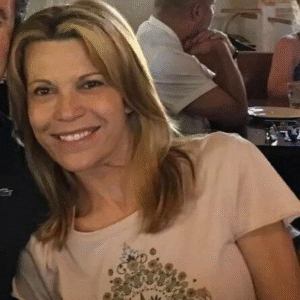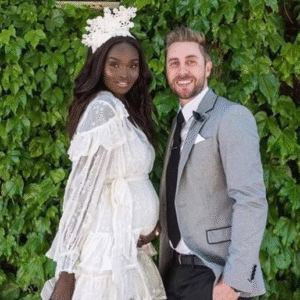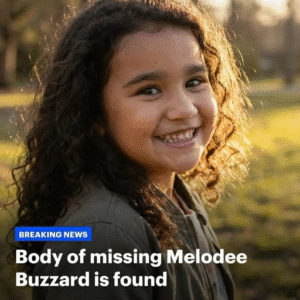The Shield Mother
A Knock at Midnight
At 11:47 PM on a Tuesday in February, a knock rattled my door. Trouble had arrived; good news doesn’t come past midnight with a police uniform and clipboard.
“Ms. Rebecca Martinez?” Officer Chen’s voice was professional yet soft. “We need to speak with you about your daughter, Emma.”
My heart stopped. Emma was at my mother-in-law’s for her usual Tuesday overnight. I feared the worst.
“Is she hurt?” I asked.
“Your daughter is physically safe,” Chen assured me, though her expression told another story. “We responded to a call at 847 Oak Street. Your mother-in-law reported a violent outburst and requested police intervention.”
Emma—seven years old, bookish, gentle—labeled violent? I almost laughed. Almost.
Racing Through a Nightmare
Chen explained Emma was still at the house. I grabbed my keys and followed. The drive felt surreal, like sinking deeper into a nightmare.
Emma had spent Tuesday nights with Margaret since my divorce and late hospital shifts. Lately, she dreaded them—complaining of stomachaches and begging to stay home. I had brushed it off as tension between her grandmother and me. I never guessed it was worse.
The Scene of the Crime
Margaret’s driveway blazed with police lights. Neighbors gawked from porches. Carol, her sister, opened the door with thinly veiled disdain.
“Thank goodness you’re here, Rebecca,” she said. “Emma’s been impossible.”
Inside, Emma sobbed on the sofa, clutching her unicorn pajamas. The second she saw me, she leapt into my arms.
“Mommy, I didn’t do anything wrong,” she whispered. “I promise.”
Margaret sat stiffly, ready with her version. “She refused dinner, threw a tantrum over toys, then hit me when I disciplined her.”
I glanced at Emma’s trembling body. Forty pounds of child, accused of aggression. “Physically aggressive? What exactly happened?”
Margaret held up a faint red mark. “She struck me. Then she locked herself in the bathroom. I had to call for help—for her safety and mine.”
Emma’s Truth
Kneeling beside her, I coaxed Emma’s story. It spilled out in sobs.
Dinner had been liver and onions. She’d asked for peanut butter instead. Margaret scolded her as ungrateful. Later, she begged to finish her block castle before bed. Margaret swept it into the basket, destroying it. When Emma cried, Margaret called her spoiled and grabbed her arm hard.
“I didn’t mean to hit her,” Emma said, shaking. “I was just trying to get away.”
The picture sharpened. Emma hadn’t been violent—she’d been cornered.
Cracks in the Story
Officer Rodriguez, taking notes, raised his brows. “Mrs. Martinez,” he said to Margaret, “you described a dangerous, out-of-control child. What we see here is a common conflict between caregiver and child.”
Chen added, “Asking for different food or more playtime doesn’t warrant police.” Then to me: “Would you like to take Emma home?”
Absolutely. But first, I needed answers.
The Pattern Emerges
At home, I called Emma’s teacher and pediatrician. Both confirmed troubling signs: anxiety, hypervigilance, and a fear of “getting in trouble” for being too loud.
Then a neighbor spoke up. “I’ve heard yelling every Tuesday. Emma cried for hours. Margaret screamed about respect. I thought she was just strict, but now…”
Piece by piece, the truth formed: Emma had endured harsh treatment masked as discipline.
Taking Action
I documented everything—the police report, witness accounts, medical notes. The 911 transcript revealed Margaret had told dispatchers Emma was “attacking” her and “destroying property.” Lies.
With evidence in hand, I confronted the family. Margaret doubled down. Carol defended her. My ex-husband David wavered, still loyal to his mother.
Their refusal to acknowledge harm left me one option: exposure.
The Fallout
I reported Margaret’s behavior to her school volunteer program and Carol’s daycare employer. Both lost their positions with children.
Then I shared Emma’s story publicly. My Facebook post, complete with photos of bruises and redacted reports, went viral. Parents rallied. The local paper ran features on child discipline. Communities began rethinking “tough love.”
Family court even modified David’s visitation. Emma would never again spend Tuesday nights in Margaret’s care.
Healing and Justice
Six months later, Emma bloomed. No more stomachaches, no more fear. Her teachers saw confidence return. Her counselor noted relief from “walking on eggshells.”
Emma herself put it best: “Crying when someone hurts me isn’t bad. Asking questions isn’t disrespectful.”
Two years on, she thrives—bright, creative, secure. The community also learned: harsh discipline is not strength, and police are never the answer to normal childhood behavior.
Final Lessons
This wasn’t revenge. It was protection. Margaret and Carol faced the consequences of their choices, and Emma learned she deserves patience and respect.
The night I found her crying between two officers, I vowed never again. That vow reshaped not only our family but also our community’s understanding of childhood.
That isn’t spite. That’s justice.





